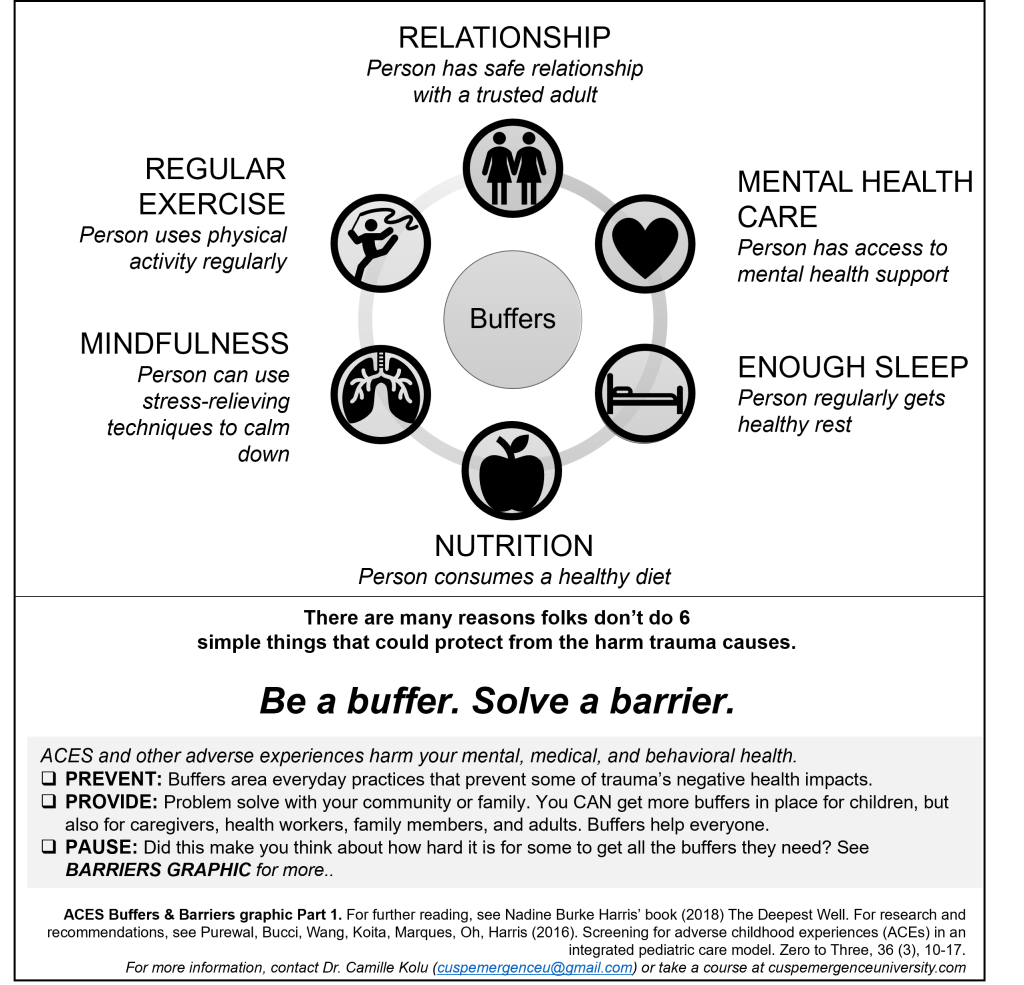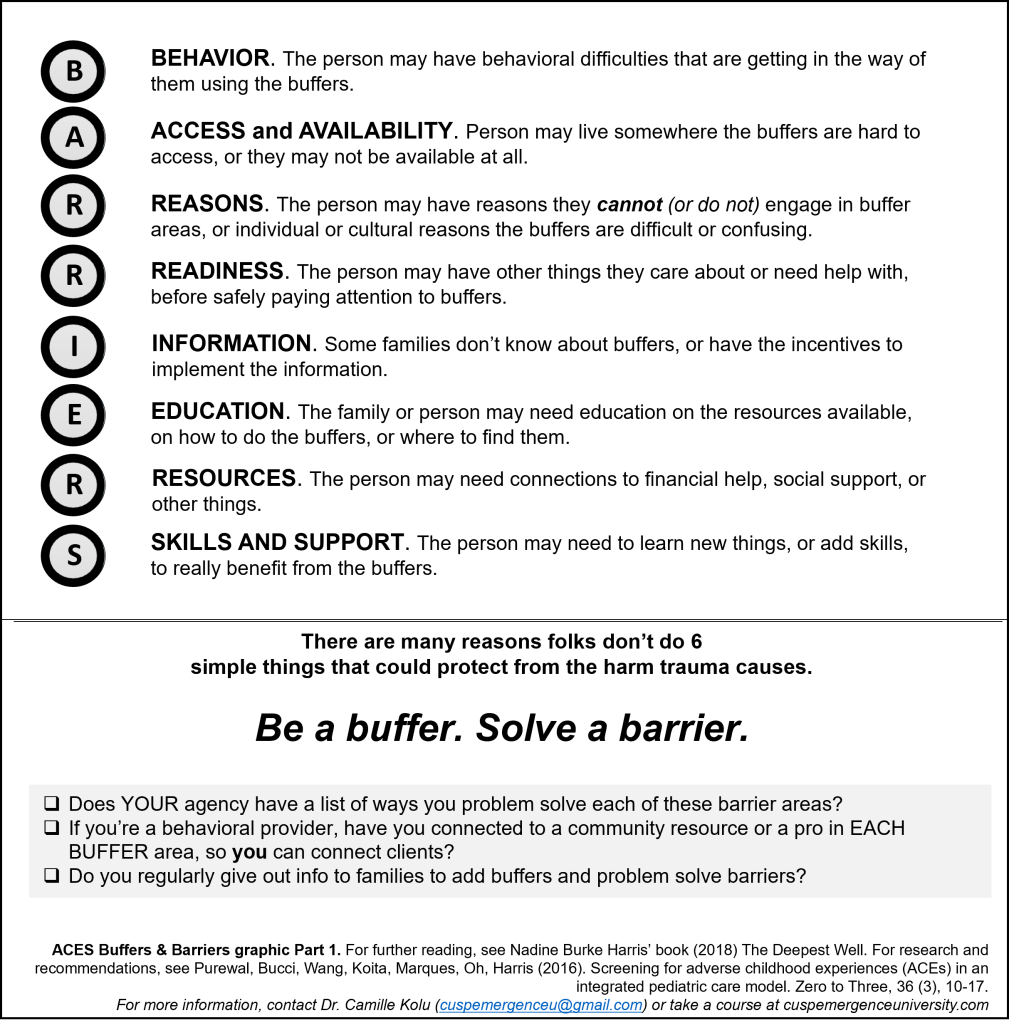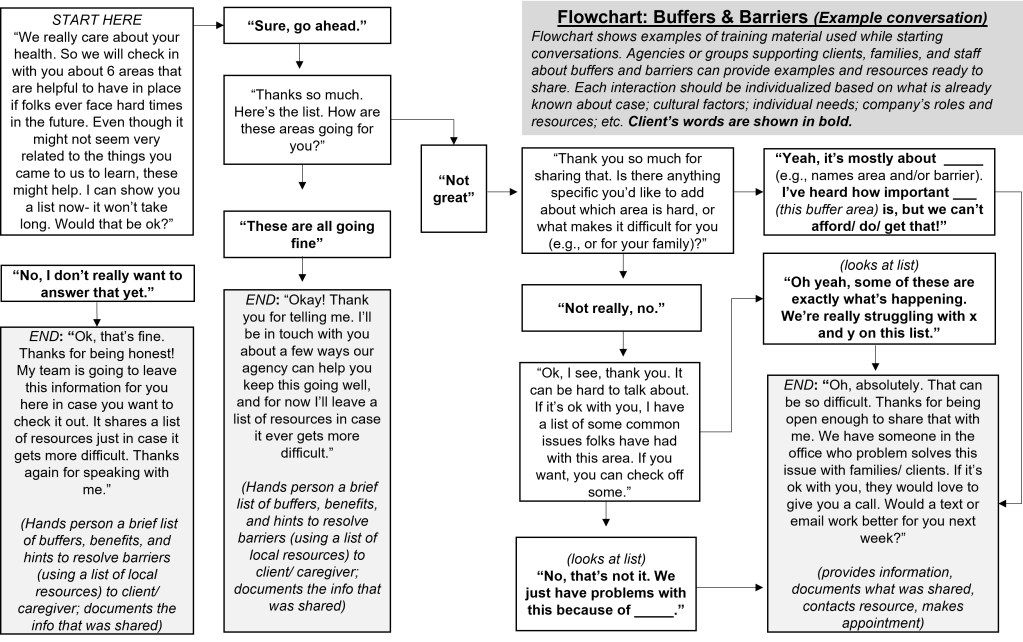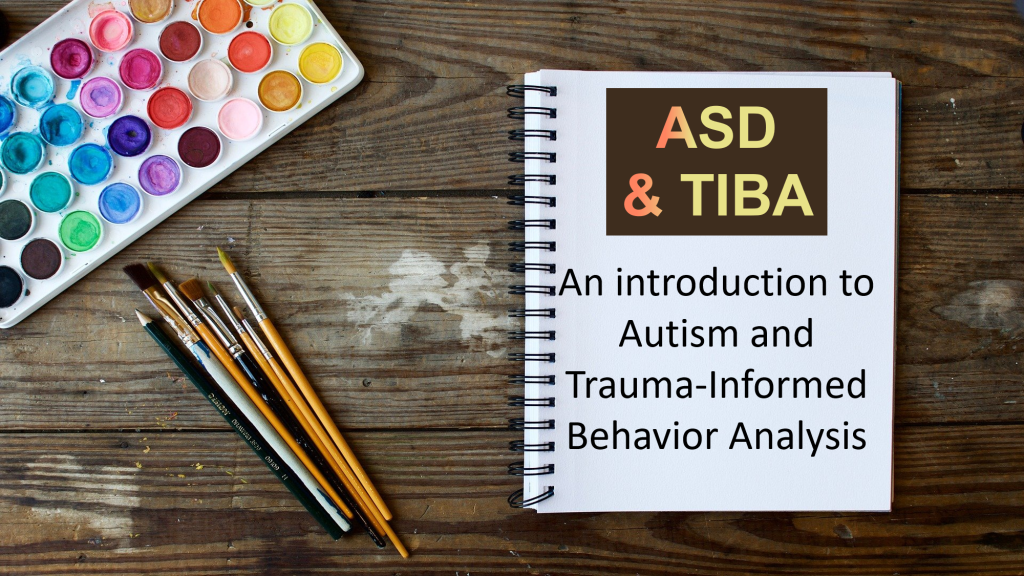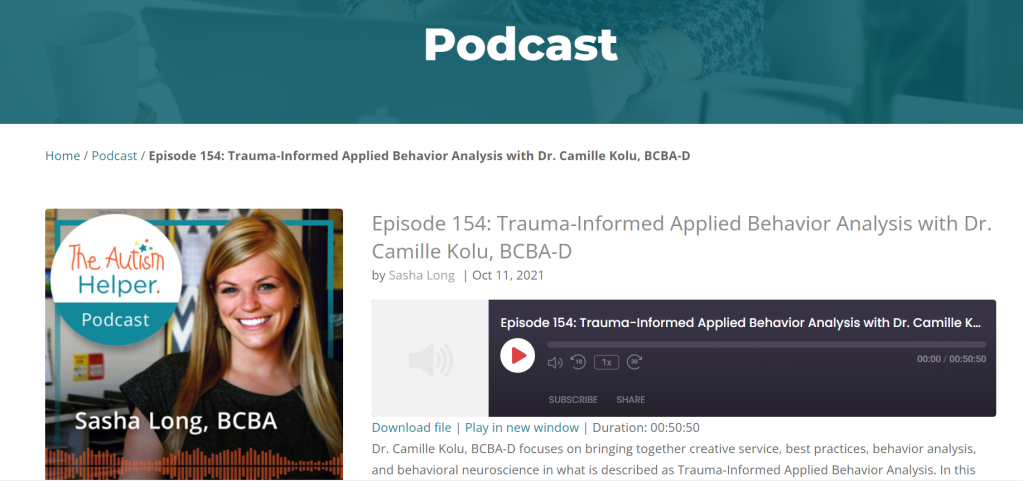This is the 19th article in a series on Trauma-Informed Behavior Analysis by Dr. Camille Kolu, BCBA-D. Start by becoming informed; then please read to the end if you’re interested in taking steps with your organization to support therapists and teachers to continue to fulfill their roles as mandatory reporters.
Child abuse, elder abuse, domestic violence, and abuse of people with intellectual disabilities is going on all around you. It may have just become simultaneously more prevalent, invisible, and insidious.
For example, in some areas, there has been a marked decrease in calls to the hotlines that typically lead to welfare checks for vulnerable people in their homes to insure that families have resources they need, children are not being abused or neglected, and appropriate actions can be taken if they are. (See this story from Colorado reporting a drop in calls the 9th and 10th of March as schools began to close).
Across the nation, different states are reporting similar decreases in calls but also a spike in the number of serious child abuse hospitalizations and even deaths.
Reasons for this disturbing increase are numerous. Little annoyances become big ones when there is no possibility of a break and both mental health (e.g., patience) and physical (e.g., food and sleep) resources are running thin. Even a normal battle on whether your kid will eat the peanut butter sandwich becomes a crisis when you’re trying to feed several people a balanced diet with whatever dwindling foodstuff you still have in the cabinet, while money (and outside trips) become scarce.
For many families, the struggle is not only real but getting uglier by the day, by each hour the kids are home from school.
There is conflicting advice, some of it really unhelpful, yet most of it well-intentioned. (I read a recent article about how we should just give in and let kids watch endless videos during this unprecedented time; but for many children, a huge increase in access to media may be accompanied by major behavior challenges (and even injurious and aggressive behavior) when parents try to have them turn it off for meals or bed. Research shows increased screen time can cause impulsivity, hyperactivity, and inattentiveness,
all of which are even more difficult to deal with when you’re cooped up. Of course, you need solutions, and the quick fix is even more appealing right now.
And there are major barriers to resources. Some have said this crisis is leveling the playing field, but really, it’s revealing discrepancies.
Being quarantined at home doesn’t hurt that much when there’s plenty of food, you already know how to navigate technology to work from a home office, and there is room and time to get away from housemates or family members for a little while.
Being at home with other people who normally require 7 to 9 hours of behavior support and school-provided structure, let alone meals, while you work to make ends meet—that is another story altogether.
So there are the struggles to which we can all relate, and then there is the reality of jumping into these struggles with no help, no end in sight: There is the reality of suddenly not being able to be by oneself for even a minute, and not knowing when it will end; there are children whining or crying (or hurting themselves while other things need their caregiver’s attention; there is behavior, so much behavior, that a parent doesn’t know how to handle and is made worse by a lack of structure, suddenly upended routines, and for some, the complete loss of safety figures. At the same time, there are abusive people who are now alone with their victims for the next few weeks.
Maintaining a safe environment for a child depends on several behavioral and environmental factors. Right now, those factors are not all present. Instead, we have
-Caregiver behaviors that are really important to keep people safe, but may not be FLUENT (such as giving effective instructions to a child, creating a schedule for several people, or responding to unsafe behavior that you usually don’t have to respond to)
-Caregivers that may physically present, but not AVAILABLE (e.g., an adult who can provide continuous, adequate supervision to every single member of the household who needs it)
-The presence of new circumstances creating unsafe environments (such as having 3 children with special needs home at the same time, for hours and days on end, and without the things (therapies, bus drivers, respite workers, social outings and educational time) that typically provide structure and relief)
-The additional presence of huge stressors (the unending flow of news about the virus; the dwindling of food and resources; the loss of jobs)
-Competing, sometimes incompatible, needs (like people home from work who need quiet to make money but who also have to provide constant caregiving and supervision; or people who have intellectual and other disabilities and are without their scheduled programs, events, therapies, social opportunities)
-Therapists and teachers who are working from home or not at all, but who normally document and relay evidence that a child or adult may be being abused, mistreated or neglected
These factors and more combine to produce
-The occasion for more abuse or neglect to occur
-Decreased opportunities for abuse to be reported
-Emotional and physical needs that may make the outcomes of a child being quiet or following directions suddenly much more important or reinforcing, whatever the cost
So, my therapist, day program provider, and educational staff friends- how will you add and document safety checks for all your clients on a reliable schedule to take the place of “having eyes on” the client in your clinic, their home, or your school or program?
There are no hard and fast answers. For instance, some behavior analysts are out of work; could they be repurposed to providing online support of families with children at home? Having eyes on the family is good, but it’s also introducing a risk that we will give advice that we don’t have an assessment to back up, or that is not fully safe to implement. And while I’d like to share ideas for behavior analysts to incorporate safety checks of your clients virtually, it’s most important for me to encourage you to reach out, right now, to your organization—and ask for your TEAM’S plan to do that. This is because different states and areas have different guidelines and requirements for you to follow depending on your local recommendations for HOW you monitor and report unsafe situations. You need to do it, but you should follow your local guidelines and state laws.
- Recommit to your role as a mandatory reporter for individuals with disabilities, the elderly, or children, if you are a therapist, teacher, etc.
- ACT as an employee: If you work for an organization, act by asking your company what their contingency plan is for all employees to fulfill this role given our emergency situation, and how you can help.
- ACT as an employer: If you own or lead an organization, stop right now and generate a brief plan for how you’ll support your team to fulfill their roles as mandatory reporters. Here are some ideas:
- Write up a plan and email it out. Bonus points if you schedule an online meeting right away to disseminate it and give examples and encouragement.
- Assign everyone a recommended frequency to make check-ins that specifically deal with the client’s physical well-being and mental health.
- Give the team an example for what questions they can ask, and what they should avoid (if needed) to maintain everyone’s safety in the home they are looking at.
- Tell employees to document the outcome of their checks (e.g., if they notice things that typically would indicate possible abuse or neglect; or if they notice something might be wrong that warrants another check-in from a supervisor on your team; if calls are made to CPS or APS)
- Reinforce and encourage the behavior of employees who follow the plan, including having social support carved out for them so they don’t have to go it alone.
Telehealth provision is already a new skillset for some employees, including teachers, and if they are suddenly without any social support when they used to be able to walk down the hall to the counselor, administrator or psychologist on site, they may freeze and wait when action is important. It’s your job to make the unfamiliar but correct action as easy and supported as possible.
And here’s a notice: Social services haven’t closed down. In Colorado, not only are they still making visits, they are hiring. Hotlines are available and staffed with trained professionals to take your call.
Resources: Read guidance from the Behavior Analysis Certification Board on ethics, safety and more related to Covid-19.
Here’s more on how a few states are monitoring this issue.
Colorado:
Call 1-844-CO-4-KIDS if you suspect abuse or neglect
https://www.coloradocac.org/
For birth to 3 receiving services: http://coloradoofficeofearlychildhood.force.com/eicolorado/EI_QuickLinks?p=Home&s=EI-CO-Response-to-COVID-19&lang=en
Ohio: https://www.cleveland.com/court-justice/2020/03/staying-at-home-amid-the-global-coronavirus-pandemic-creates-new-dangers-for-victims-of-domestic-violence-and-abuse-experts-say.html
And in Texas, use this info:
https://www.allianceforchildren.org/
If you suspect a child is being abused or neglected, please contact the Texas Department of Family and Protective Services toll free at 1-800-252-5400, 24 hours a day, 7 days a week.
You may also file a report using the secure TDFPS website. Reports made through this website take up to 24 hours to process.
The Texas Abuse Hotline is 1-800-252-5400.

